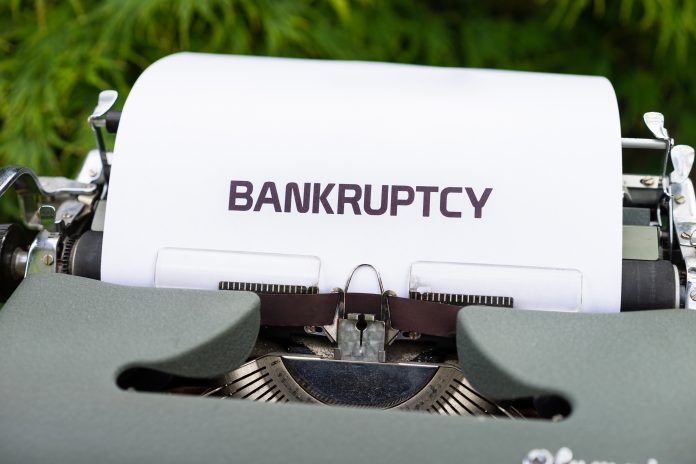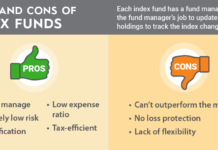Sometimes, people result in filing for bankruptcy when they have mounts of debts. Debt consolidation, repayment plans, or even saving to pay debts, might not make a difference when one has high debts. With bankruptcy, you can get the option of getting full or partial debt forgiveness.
As bad as bankruptcy may sound, it could be the best way to get out of debt, but it comes with consequences. When you approach a bankruptcy attorney or any financial advisor for help, you will be presented with both the pros and cons of the process. In fact, it’s encouraged for one to consider the consequences of bankruptcy before proceeding with the filling.
What is Bankruptcy?
It’s a legal process through which individuals and entities seek discharge of their debts. It’s common when the liabilities outweigh assets, and people have no other alternative to escape from massive debts. The goal is mostly for one to get a clean slate and start life without debts.
Unfortunately, this clean slate comes at a price. Below are the consequences of filing for bankruptcy:
Impact of Credit Score and Report
One of the consequences of filing for bankruptcy is its impact on your credit score and report. A bankruptcy report stays in your credit report for 7 years and more, depending on your country. Bankruptcy will also drop your credit score by a significant amount of points, sometimes by 100 points and more.
In the end, you will have a more challenging time accessing other forms of credit in the future, whether it’s applying for a credit card, personal loans, mortgages, or other forms of credit. In instances where you can access credit, you will have extreme terms, like higher interest rates.
Property Loss
Perhaps the most significant consequence of declaring bankruptcy that individuals are warned of is the loss of property.
An appointed trustee is more likely to sell off some of your property to pay creditors. Some of the properties that the trustees might sell include valuable collectibles, real estate, vehicles, and non-retirement investments and savings. Some properties are exempt from liquidation in most states, like your primary resident, clothes, personal items, primary car, retirement investment accounts, and the tools you use for work.
Loss of Privacy
Some countries require you to post in newspapers when declaring bankruptcy. The main reason for this is to alert your creditors and allow them to contest this move.
In other countries, details of your bankruptcy, including your financial information and bankruptcy schedules, are easily accessible to the public. While private information like details of any minors or your social security number is protected, for some individuals, this loss of privacy could affect their self-esteem.
Some Debts Have to be Paid
Unfortunately, not all debts go away when you file for bankruptcy. Debts like federal student debts, child support, back taxes, alimony, or penalties and fines owed to the government are non-dischargeable.
It’s a Costly Affair
Filling for bankruptcy is an expensive affair, considering you might need a bankruptcy attorney. The filling process itself requires money, with some fees hitting over $300 depending on your state. If you have no money, you might end up in some more debts trying to declare bankrupt.
The Bottom Line
Filling for bankruptcy should be the last resort for sorting out your debts. You can explore other options like debt negotiation, debt consolidation, or coming up with a repayment strategy like snowballing. You can also work with a financial planner or credit counselor to help you create a debt management plan. If you still have a source of income, managing your finance through budgeting, savings, or getting an extra income source can help you have some extra income to repay some debts.












